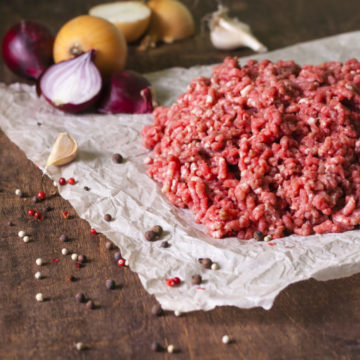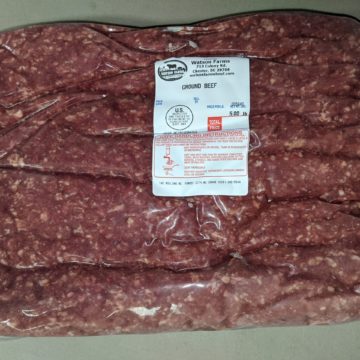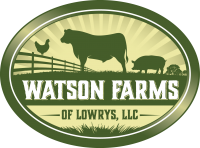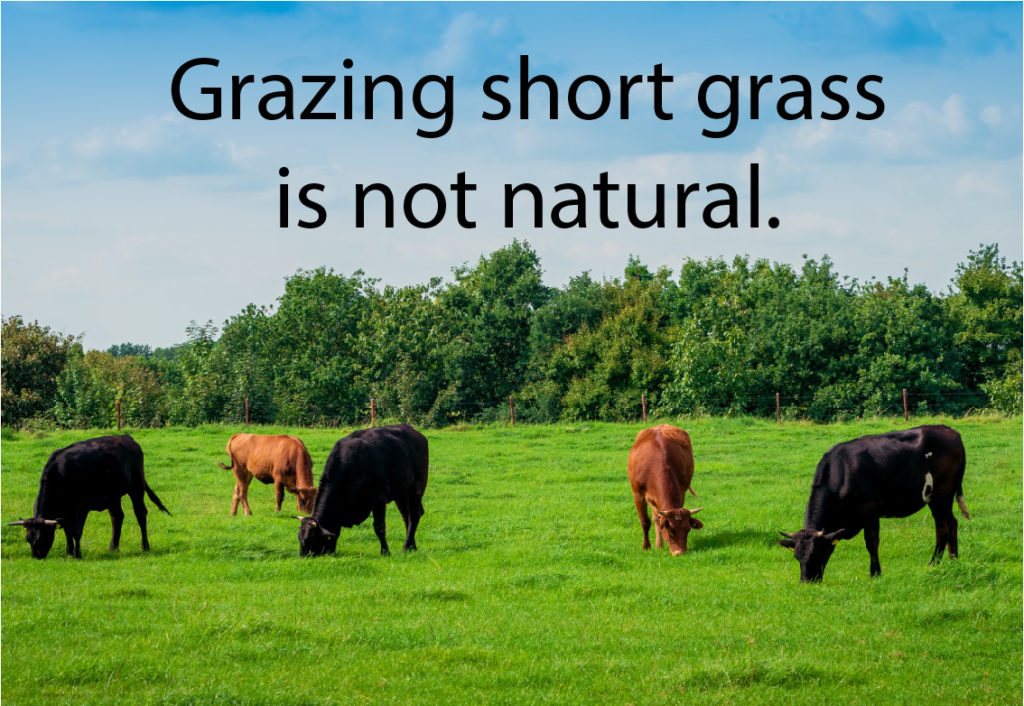We would like to take a moment to remember the victims and families affected by the 9/11 attacks. That day is still a strong and terrifying memory for us and so many others. God bless the USA.
Chances are that even as the informed consumer that you are, you may not have thought much about the topic of discussion that we’ll touch on today. Nevertheless, one thing that we like to do with this newsletter is to give a deeper look into pasture based farming which not only helps to educate others, but also gives you confidence in Watson Farms through the realization that we don’t just give you the common talking points about grass-fed beef and other pastured proteins, but that we actually put into practice many important methods that mimic nature and allow our products to exceed your expectations.
So a strategy that we have to evaluate every month or so with our cow herd is the rate at which we move them over the pasture. While we move them pretty much every day, we vary the size of the paddock in order to provide the desired impact on the cattle and the grass. Larger paddocks allow more selectivity for the cattle which produces better gains, but the more of the forage is left standing. Smaller paddocks concentrate the cattle thereby trampling more grass and forcing them to eat the grass lower. Larger paddocks also have the result of moving the herd over the pasture quicker, while smaller ones are great when we need to stretch our forage supply out.
At this point in the year we’ve had good rainfall throughout the summer which has grown copious amounts of grass, so it is better for us to cover more ground with the cattle so that they can focus more on the top of the plant which is higher in carbohydrates than the lower half. This allows them to gain weight better and quickly restarts the growth cycle of the plant.
The more times that we can restart this growth cycle, the more carbon we are able to sequester in and on the soil. When the plant gets trimmed above the ground (by the cattle) it also trims off its own roots below the ground. These dead roots feed the soil with more organic matter which allows the soil to become more sponge-like which in turn allows the soil to hold more water. When our soil holds more water we can grow more grass and sequester even more carbon.
It’s truly a fascinating natural cycle that has been at work for centuries and is what built the North American prairies with the help of the bison. We don’t have bison, but we can mimic the ecosystem of the prairie by allowing our cattle to move, mob, and mow just like the bison.
It is the tendency of many cattle farmers to overstock their pastures with too many cows. This makes them constantly graze short grass that can barely grow one leaf without being grazed immediately. This short cycle captures the minimum amount of carbon from the atmosphere.
On the other hand, when we properly stock our farms, we can allow long periods of rest followed by short but intense periods of grazing with a density of over 100,000 pounds of cattle per acre. This long period of rest often allows the grasses to get very tall which is much different than most cattle farms.
Have you ever thought about the significance of tall grass grazing?
Product Spotlight
Some of the restaurants that we serve our ground beef to have slowed down a little amid the current challenges. So we are now offering these 5-lb packs to you! Save $1.50/lb when compared to our 1-lb packs!
-
 Ground Beef$10.99
Ground Beef$10.99 -
 Ground Beef 5 lb pack$44.95
Ground Beef 5 lb pack$44.95 -
 25-lb Bundle of Ground Beef in 5 lb packs (UPS)$262.50
25-lb Bundle of Ground Beef in 5 lb packs (UPS)$262.50
We re-use packaging!
We’ve seen a good response to our efforts in re-using packaging! Thanks and keep it up.
You can help us reduce our carbon footprint by returning your CLEAN egg cartons and meat boxes.
The main reason that we switched to plastic egg cartons a while back was because they are so much more durable than paper which could only be used once. They also protect the eggs much better!
So if you have some egg cartons or boxes to return, you can just place them on your porch on your home delivery day. Farm pickup customers can, of course, drop them off when you come to pick up your new order.
Thanks for helping us re-use our packaging!
Referral Program
If you enjoy our products please consider passing the word along to your neighbors, friends and family! We don’t spend a lot of money of advertising but rather depend on customers like yourself to advertise for us if they are amazed by our products and customer service.
All you have to do is refer someone to us and when they place an order for the first time they will get a link to a form where they can say who referred them. You and the new customer will receive a $15 credit! So make sure they tell us your name. Hit the button for more info!
Order Deadlines
Charleston: 12 noon Mondays
GSP: 12 noon on Wednesdays
Charlotte/Rock Hill: 12 noon Fridays
Farm Pickup: Please wait until you receive an email stating that your order is ready to be picked up (usually 1 business day from when you place your order). Farm Pickups will now be done during our store hours:
- Monday, Tuesday, Thursday, Friday: 10am to 6pm
- Saturday: 10am to 2pm
- Closed Sunday and Wednesday
Did you know that we have a webpage that displays all the reviews we have received?
Check it out!
Check out this ⭐⭐⭐⭐⭐ review:
It was a delight to be able to take our kids out to enjoy their farm tour. The family is great, and very open and honest about all of their farming practices; can’t wait to try out their steaks!”
We would greatly appreciate it if you would be kind enough to leave us a review. It helps first-time customers purchase with confidence.
Thanks again for being partners in this endeavor of local, pasture-raised proteins that has truly transformed our farm. We look forward to continuing this transition while serving you long into the future.
Sincerely,
The Watsons
Pasture Posts is written by Matt Watson.




[…] our land is able to grow really well, and by using regenerative practices that we discussed in Pasture Posts #29, our land should continue to grow more and more grass each […]